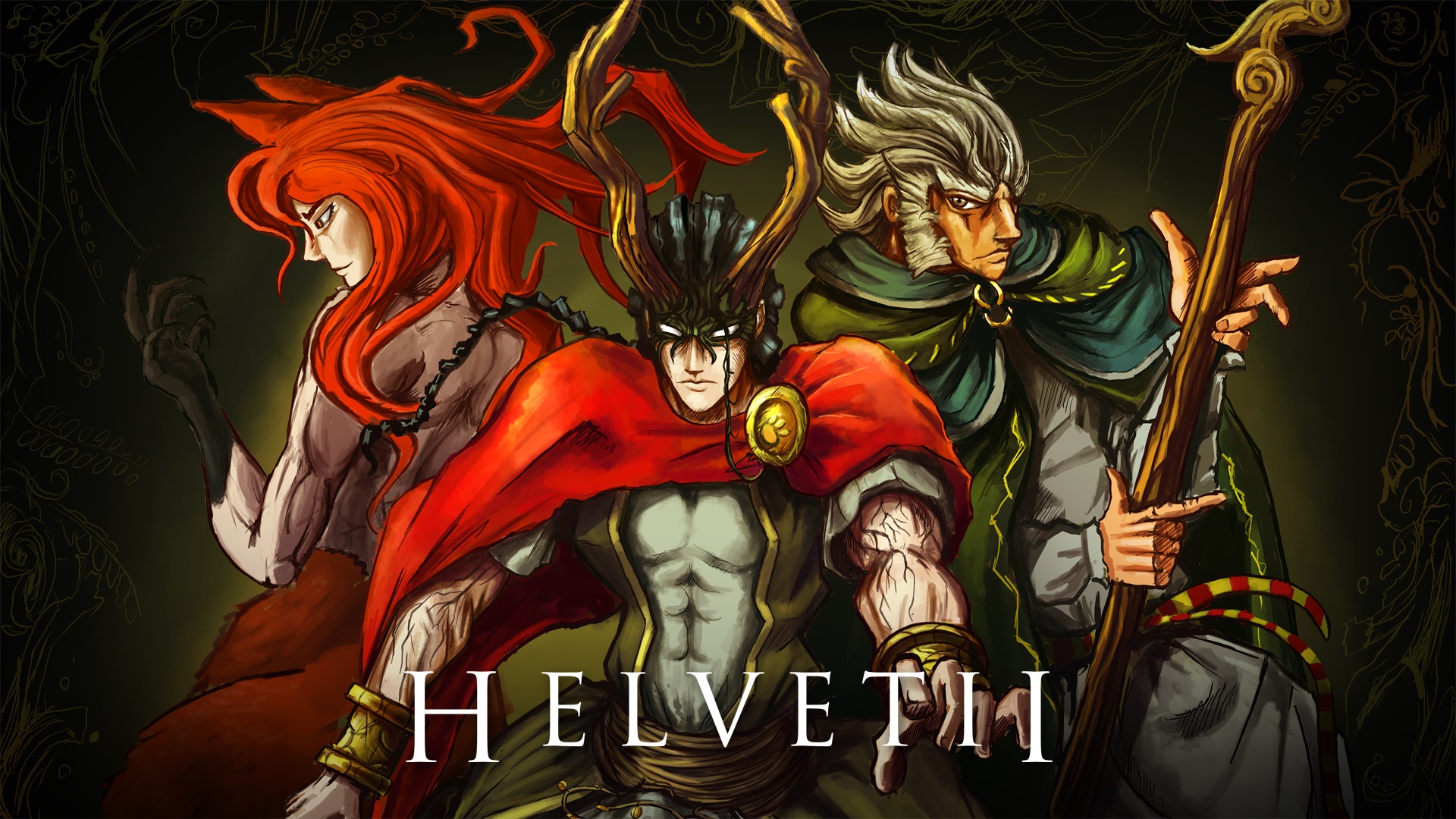
Everyone loves Vanillaware’s games. They all have lush art with sexy babes, fetishized food, and amazing animation and they tend to have decent gameplay too. 13 Sentinels: Aegis Rim and Dragon’s Crown are some of their most meticulous works yet and every day, gamers pray for an HD port of Muramasa: The Demon Blade for modern platforms.
The thing with Vanillaware is that their games are extremely art heavy and that comes at the cost of long production times. Thankfully, some indie developers are inspired by their work and can throw their hats into the ring while everyone waits for the next Vanillware game.
Helvetii takes obvious inspiration from Muramasa: The Demon Blade and Odin Sphere: Leifthraisir, with its side-scrolling action and combat. Since it is an indie game, you can count on it also having rogue-lite gameplay to flesh out its systems. Can this Celtic-inspired action RPG overcome the traps that come with rogue gameplay? Find out in this Helvetii review!
Helvetii
Developer: Team KwaKwa
Publisher: Red Art Games
Platforms: Windows PC, Linux, Nintendo Switch (reviewed), PlayStation 4
Release Date: February 3, 2023
Players: 1
Price: $16.99 USD
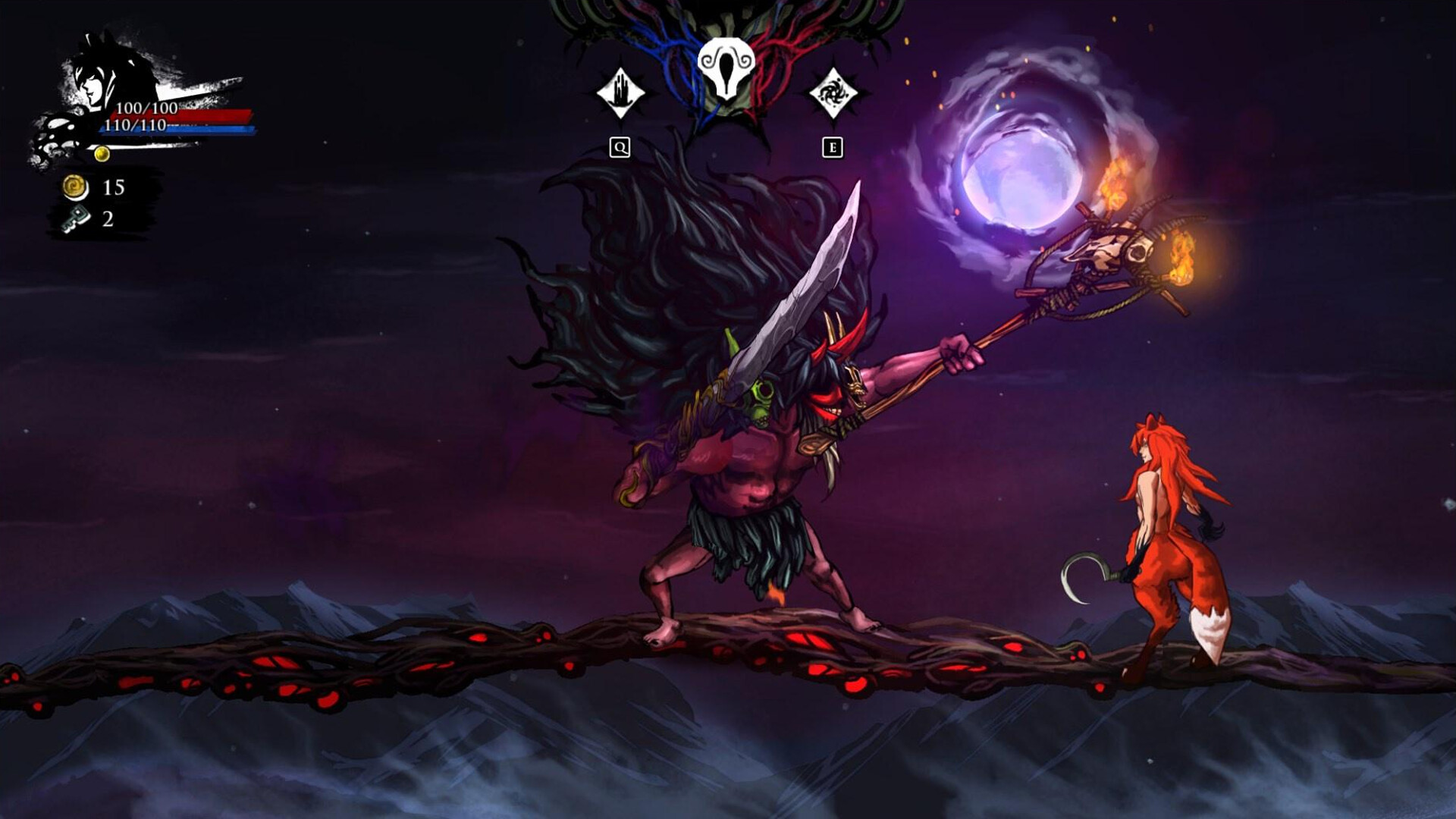
Before the Roman legion had taken Gaul (present-day France, Belgium, Luxembourg, and the Netherlands), a warrior is blessed with a terrible gift. He carries a cursed power and wherever he goes, the scourge followed and spread like cancer.
The rot spread through the land and infected the beasts and flora. Seeking guidance, the warrior joins Nammeios, a druid and pagan soothsayer. The two would also be joined by Renart, a man-beast who is curious and is along for the ride. All three venture forth to undo the terrible curse to restore the land and along the way will confront powerful and elusive forces.
The rot twists nature and the laws of physics. This is Helvetii‘s logic for the randomization of the environment and the nightmarish creatures. It is a double-edged sword; it can be both a way to keep the level design varied, but it also robs the game of having a cohesive world or any sense of pacing at all.
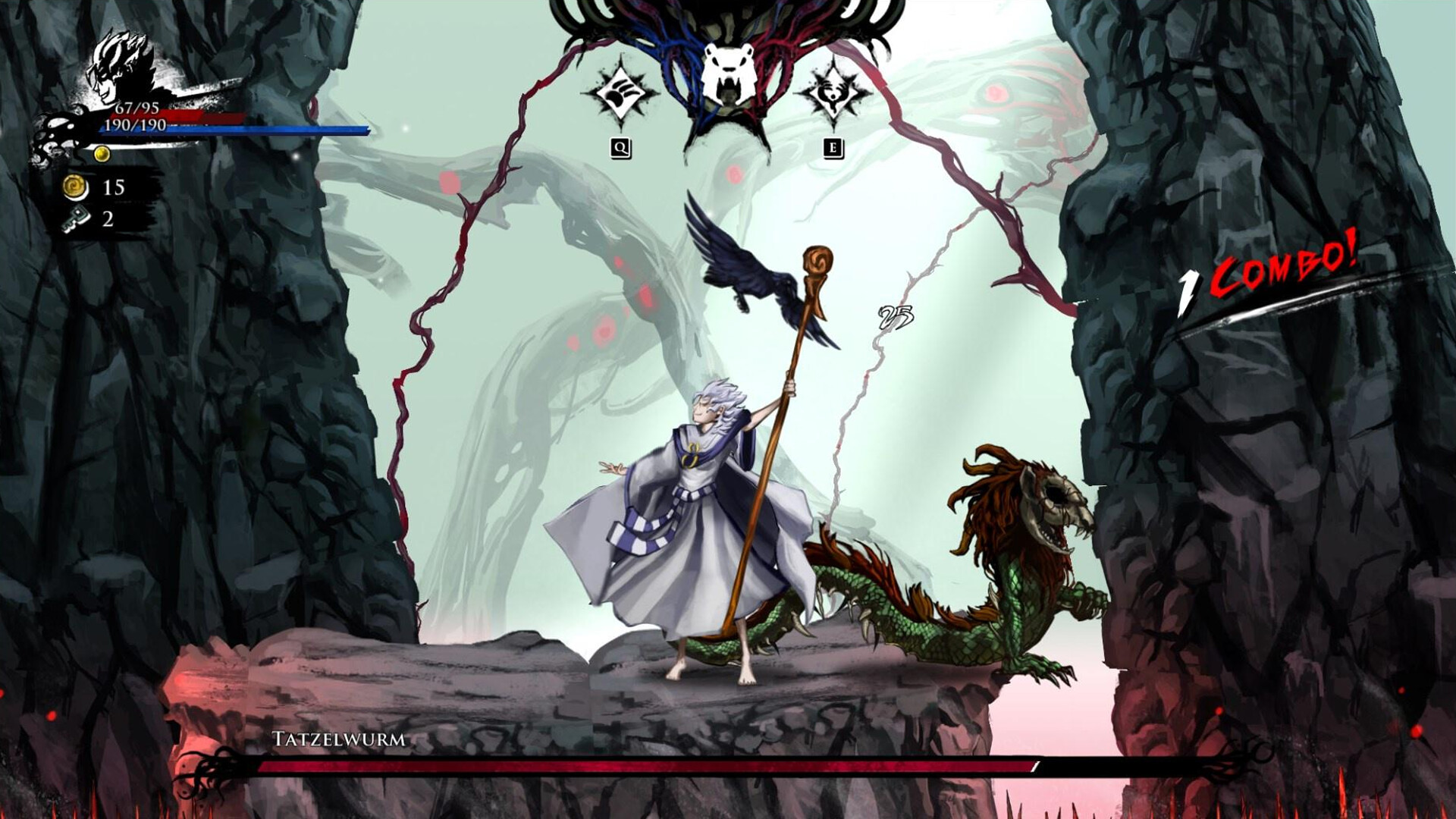
Each run has stages made up of several prefabricated rooms that are shuffled around. Helvetii isn’t randomly generated in the traditional sense of a roguelike; the levels always feel the same and it’s more like experiencing a half-remembered dream.
Like Hades, Helvetii leans more into action-oriented gameplay to carry the player through the game. Regretfully, the rogue elements artificially pad out the game’s length. Upon death, the player loses all upgrades, currency, and abilities.
The only things that carry over are the sigils, which are hard to come by and can be used to purchase permanent upgrades. Each of the three playable characters gets their bespoke abilities and playstyles. Thankfully, they’re all fun to use and are fertile for customization, depending on what boons the player is lucky to acquire.
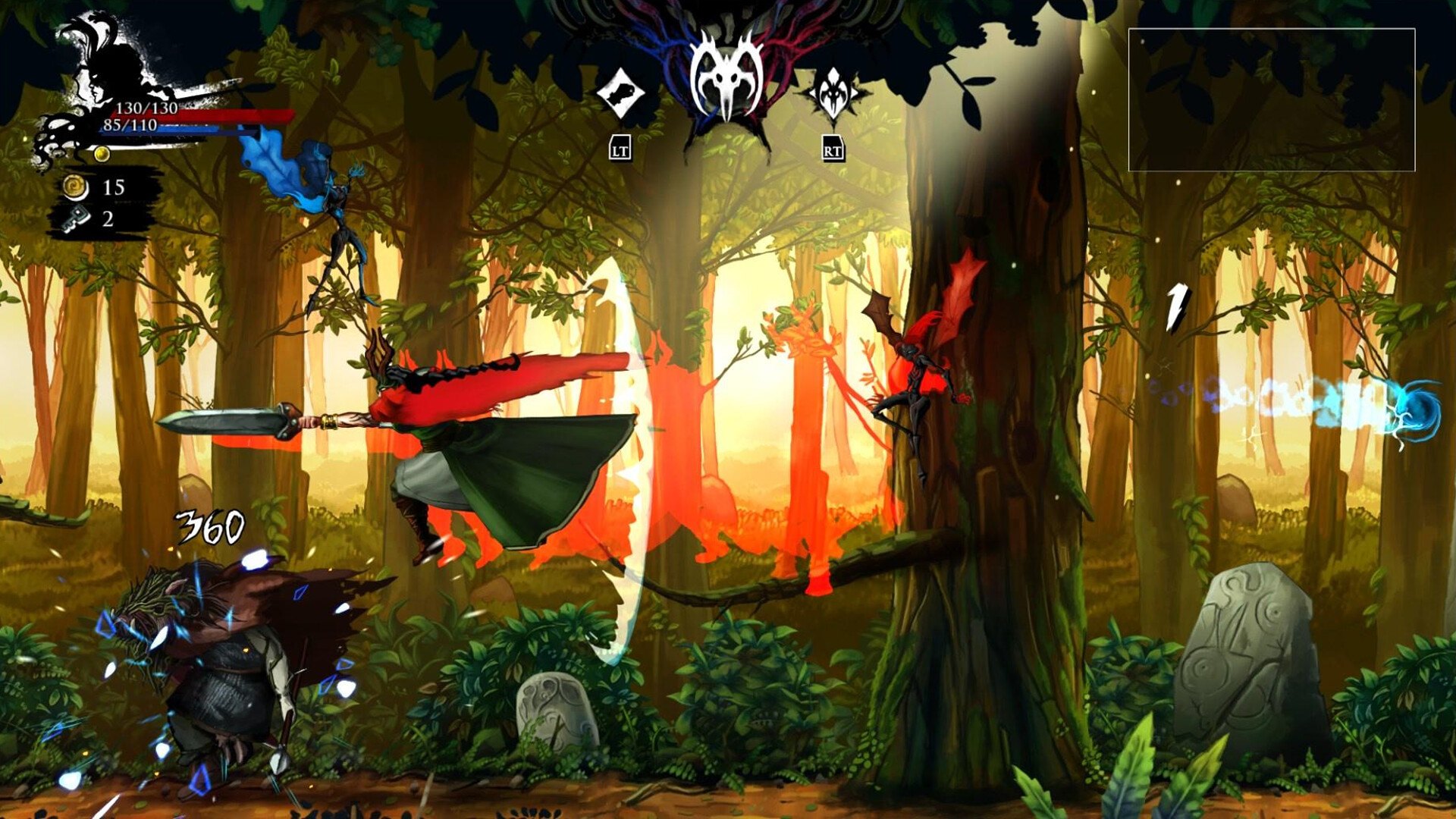
Helvetii’s combat is very responsive and very flexible. The fighting systems aspire to be combo-centric and stylish like a 2D Devil May Cry game. Renart is fast and can zip around and chain combos super quickly. Even the filthy druid can air-juggle foes with ranged attacks and keep the attacks diverse with special attacks.
The drawback to special attacks is that MP is very limited and gaining it back can take a while depending on the boons acquired. This becomes especially tricky during boss fights because of the absurdly inflated HP and many of them get an invincibility phase that further drags out the encounter.
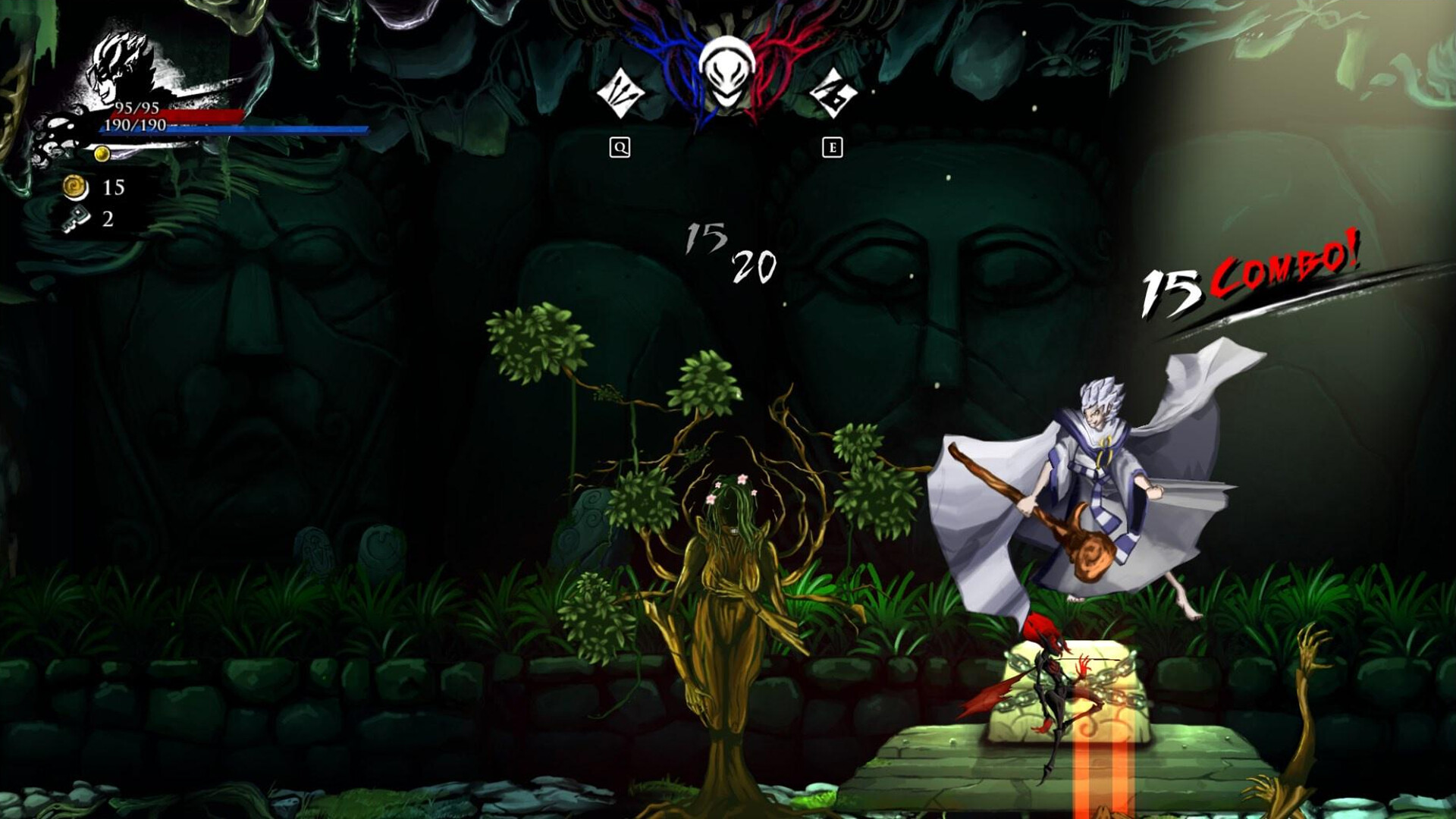
Sudden and arbitrary invincibility was a terrible annoyance in Hades and it is just as bad in Helvetii. It is less forgivable in Helvetii because player hit-boxes are a tad larger than they seem and many bosses tend to launch swarms of bullets with flaring particle effects that also obfuscate the projectile’s size.
Falling in battle from cheap shots or from bosses that call in reinforcements when they’re a sliver of health away from defeat is extra discouraging when the three protagonists have to redo the entire game from the first area. Even with the permanent upgrades, victory is not guaranteed since the RNG can still cause some unlucky things to happen.
Thankfully, the combat is satisfying with hefty and crunchy hits that connect with violent gravitas. Basic encounters with fodder enemies won’t pose too much of a threat to players who stay on their toes and evade dash. Keeping stun-locked opponents air-borne becomes a meta-game in itself since it is one of the best ways to get higher rankings and stay damage-free.
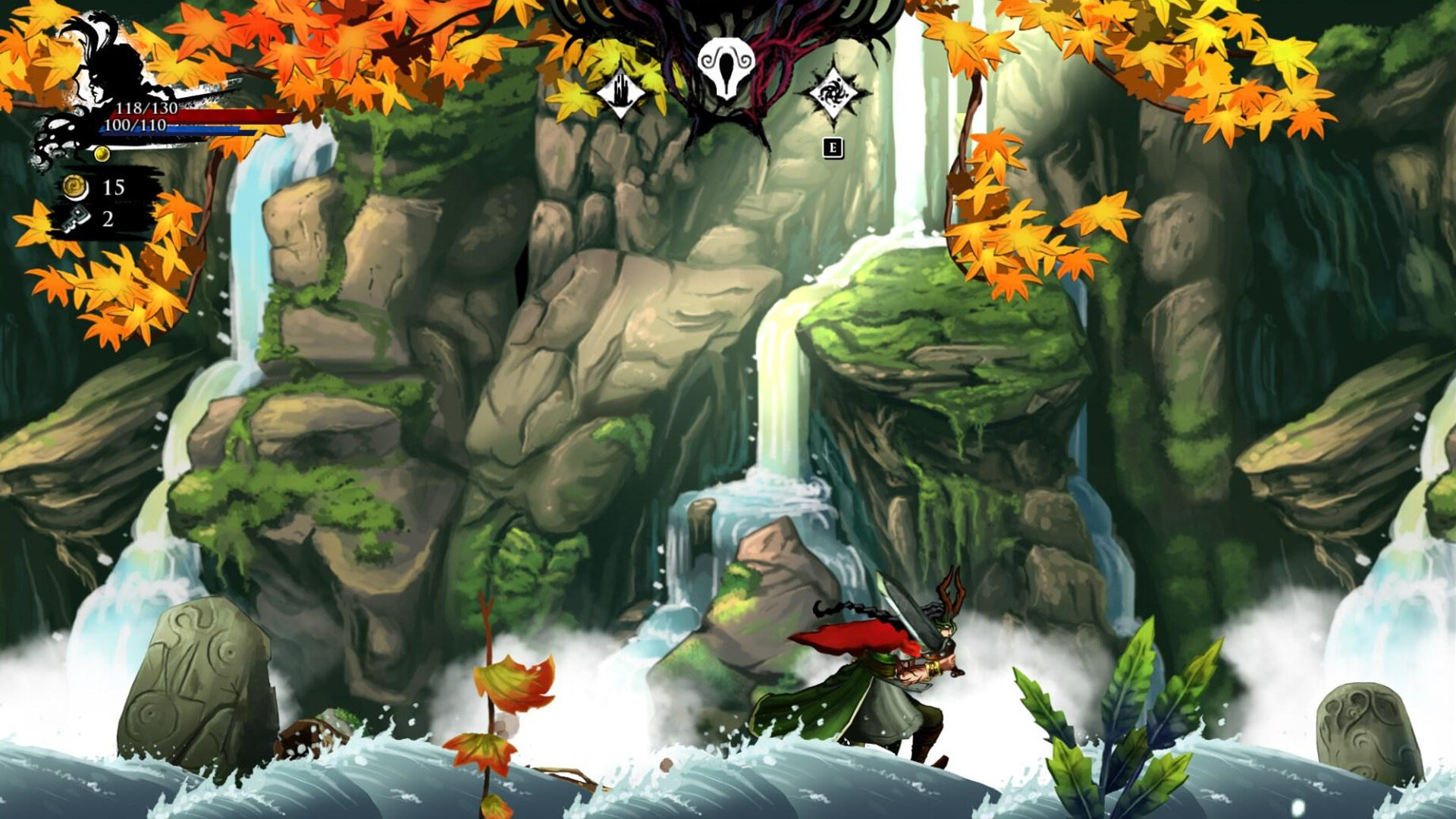
Helvetii looks ok in motion, but the individual pieces of the art assets look rough and amateurish. Character art has a cheap high school-level DeviantArt quality about them. The background elements fare a bit better, but there are instances of muddy and overly busy elements and examples of areas lacking detail too.
There is passion in Helvetii‘s art, but a house can’t be built on passion alone. Renart looks especially unappealing in his design and resembles someone’s fur affinity avatar. Of all the qualities that Helvetii cribs from Vanillaware’s games, the one thing they did not emulate at all was their appealing character designs and penchant for desirable females.
Helvetii has arcade-style gameplay that makes it enjoyable. It is fun in short bursts but is unbelievably aggravating in long sessions and a lot of that has to do with the rogue-like foundation. Rogue gameplay can be enjoyable and has its place. When it is used to artificially lengthen a game, it becomes too obvious and the strings that support the illusion become all too distracting, making the game unengaging.
Helvetii was reviewed on Nintendo Switch using a copy provided by Red Art Games. You can find additional information about Niche Gamer’s review/ethics policy here. Helvetii is now available for Windows PC (via Steam), Nintendo Switch, and PlayStation 4.